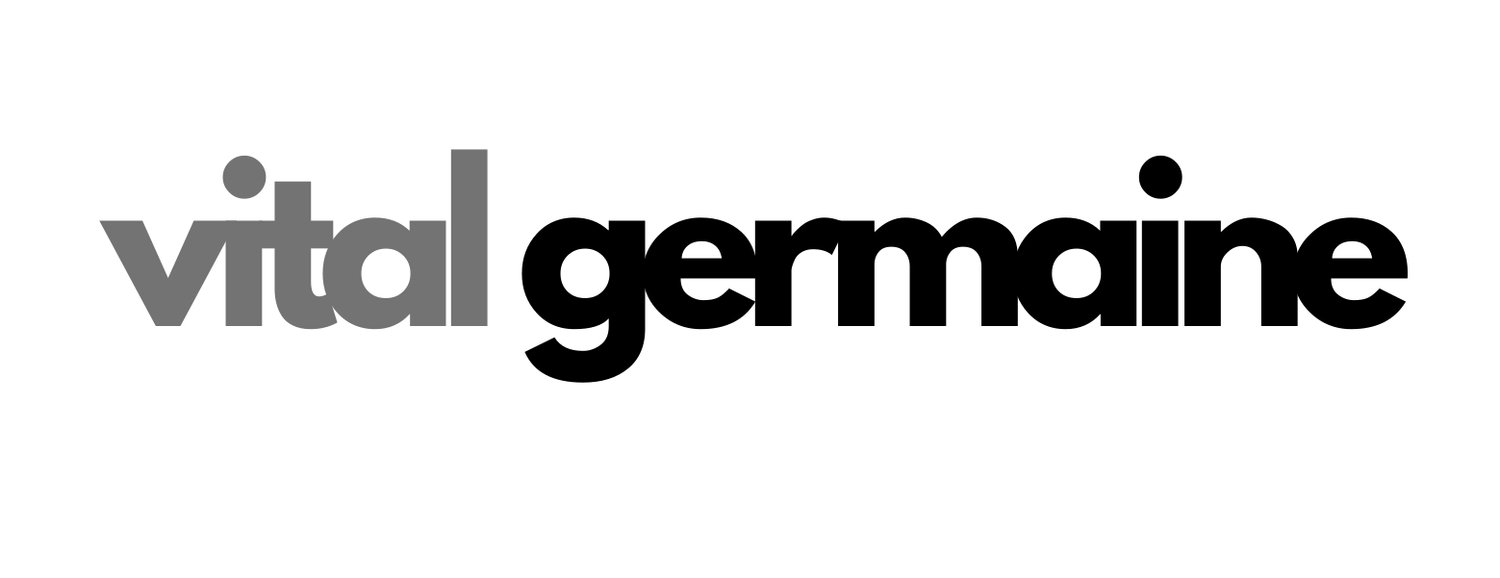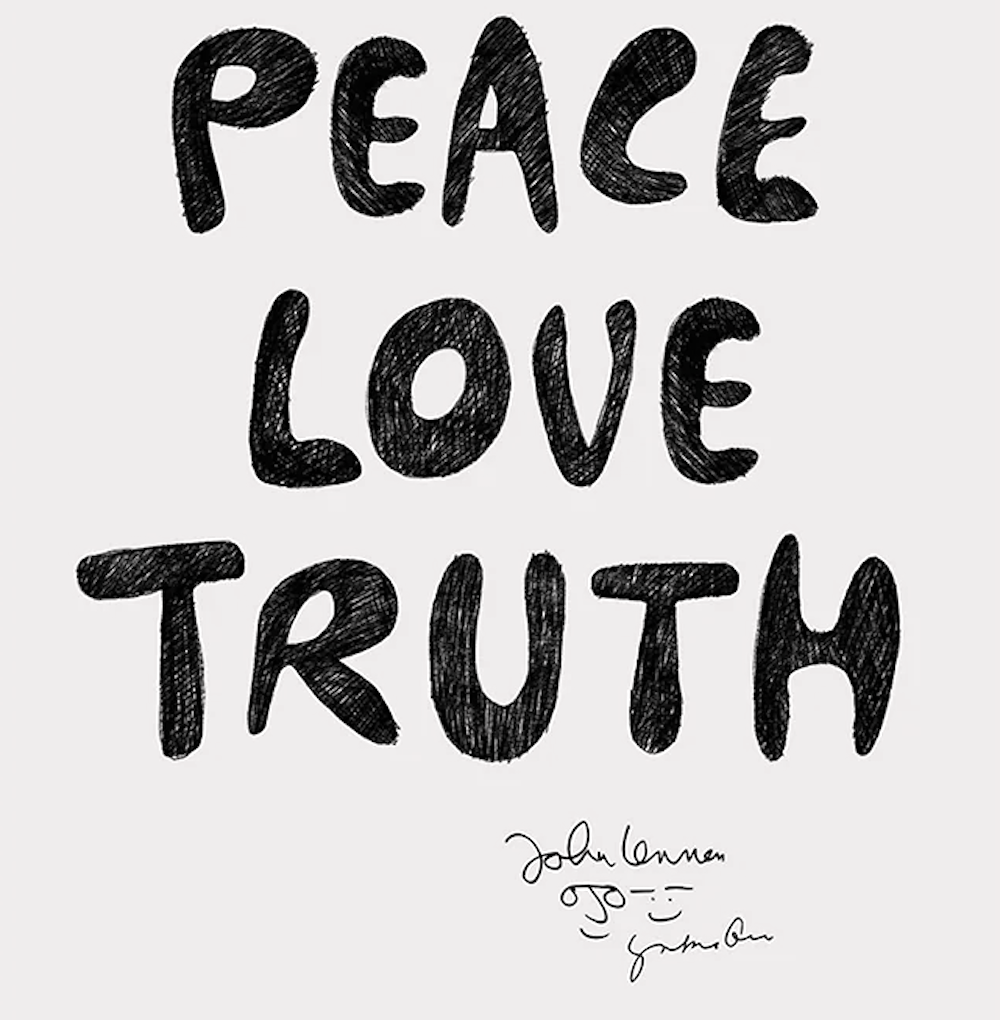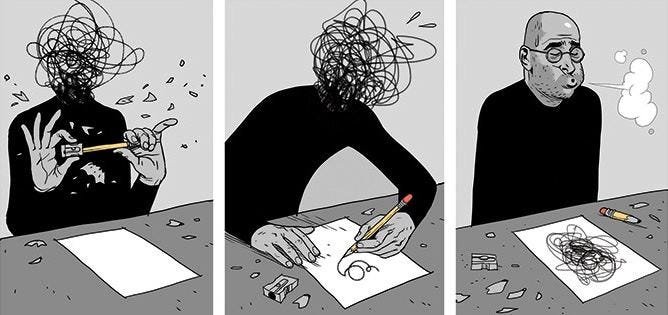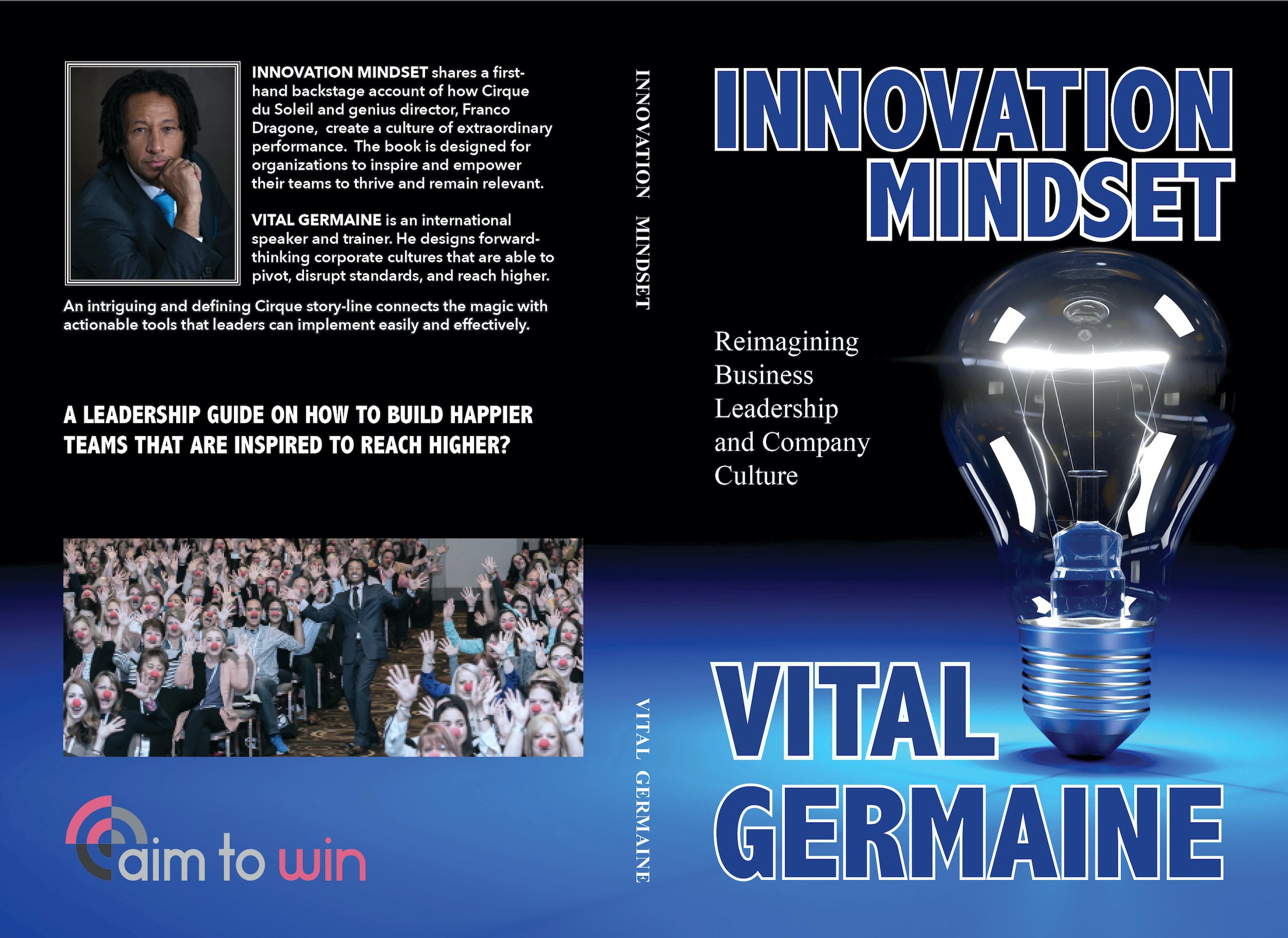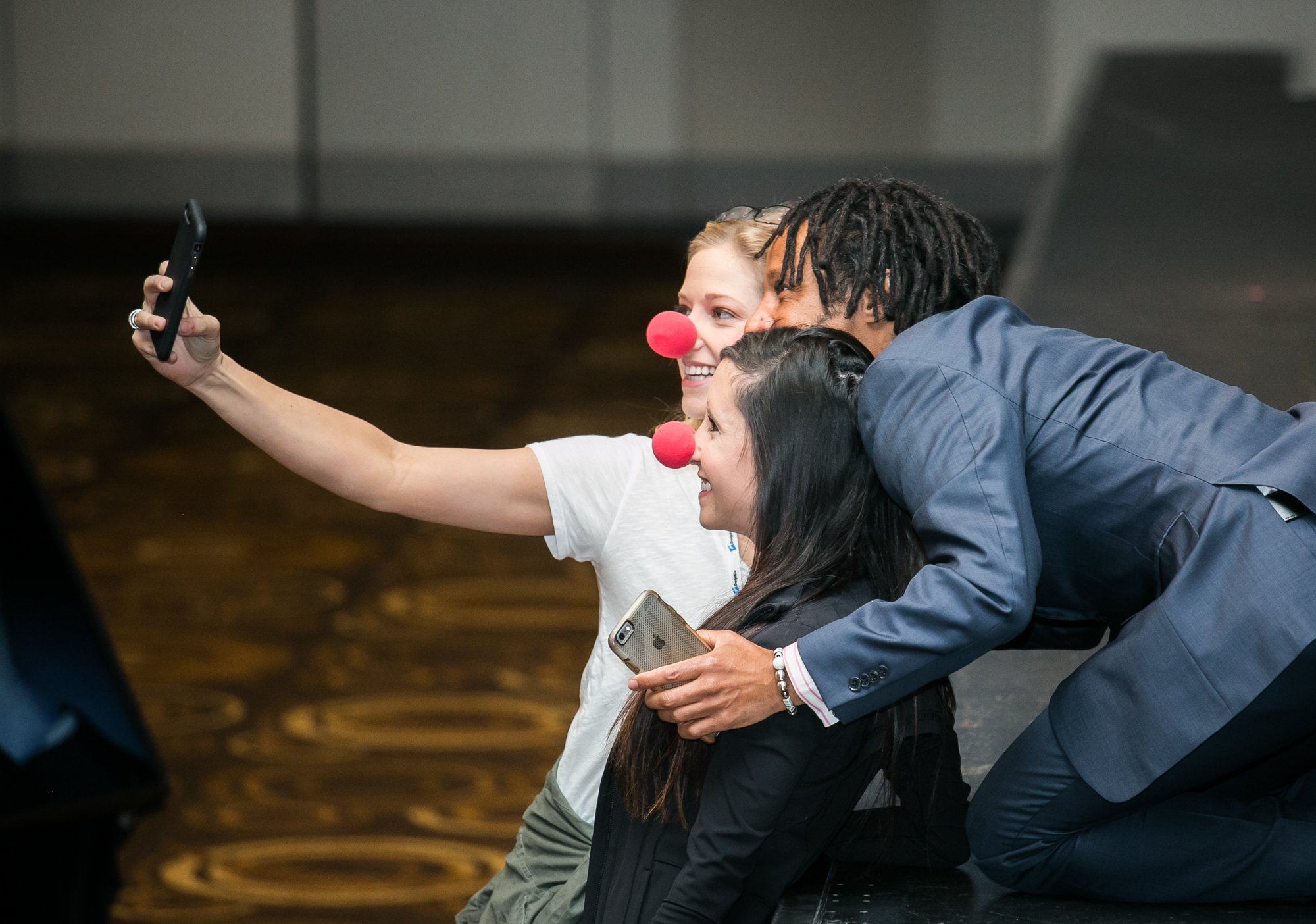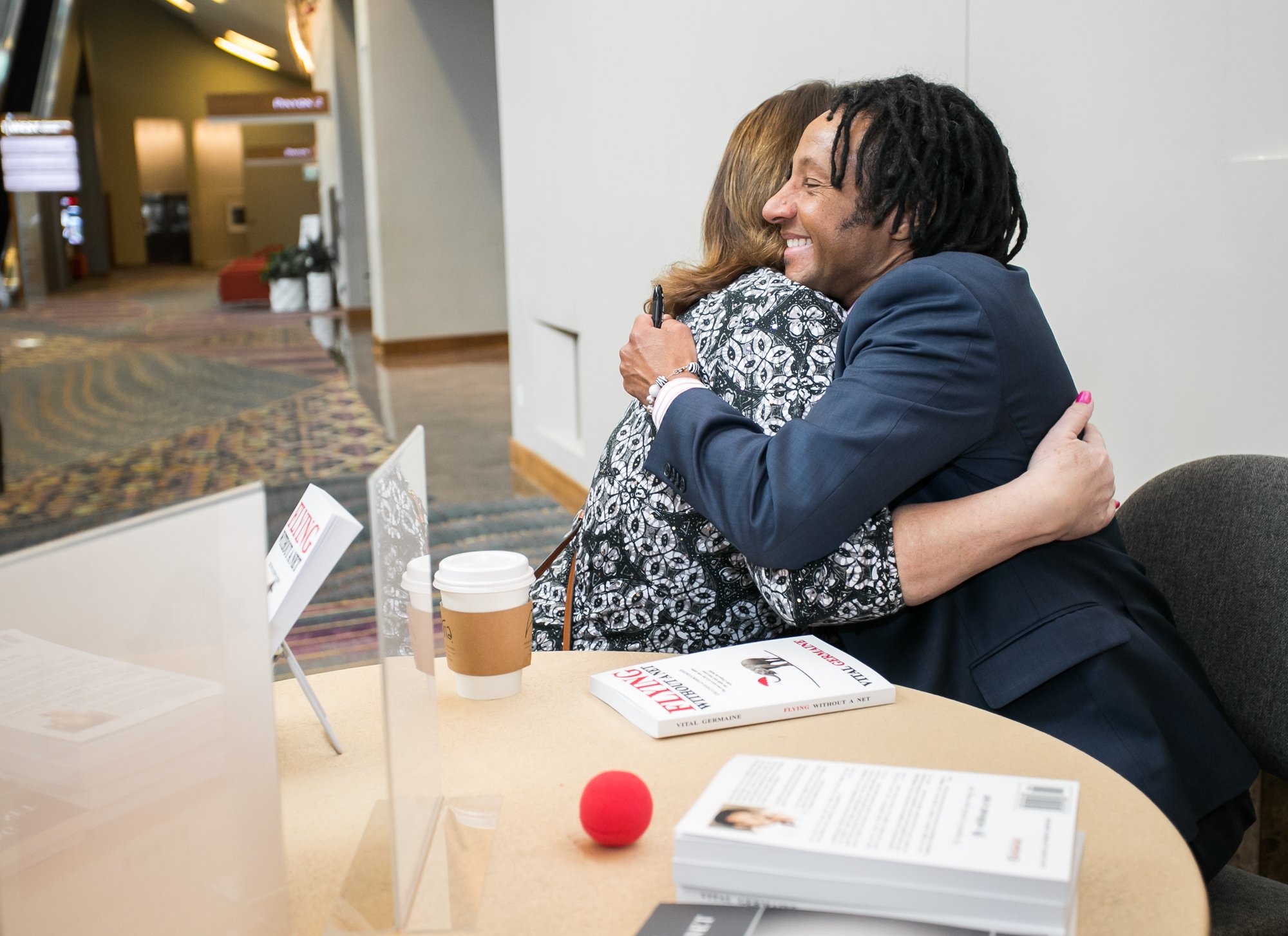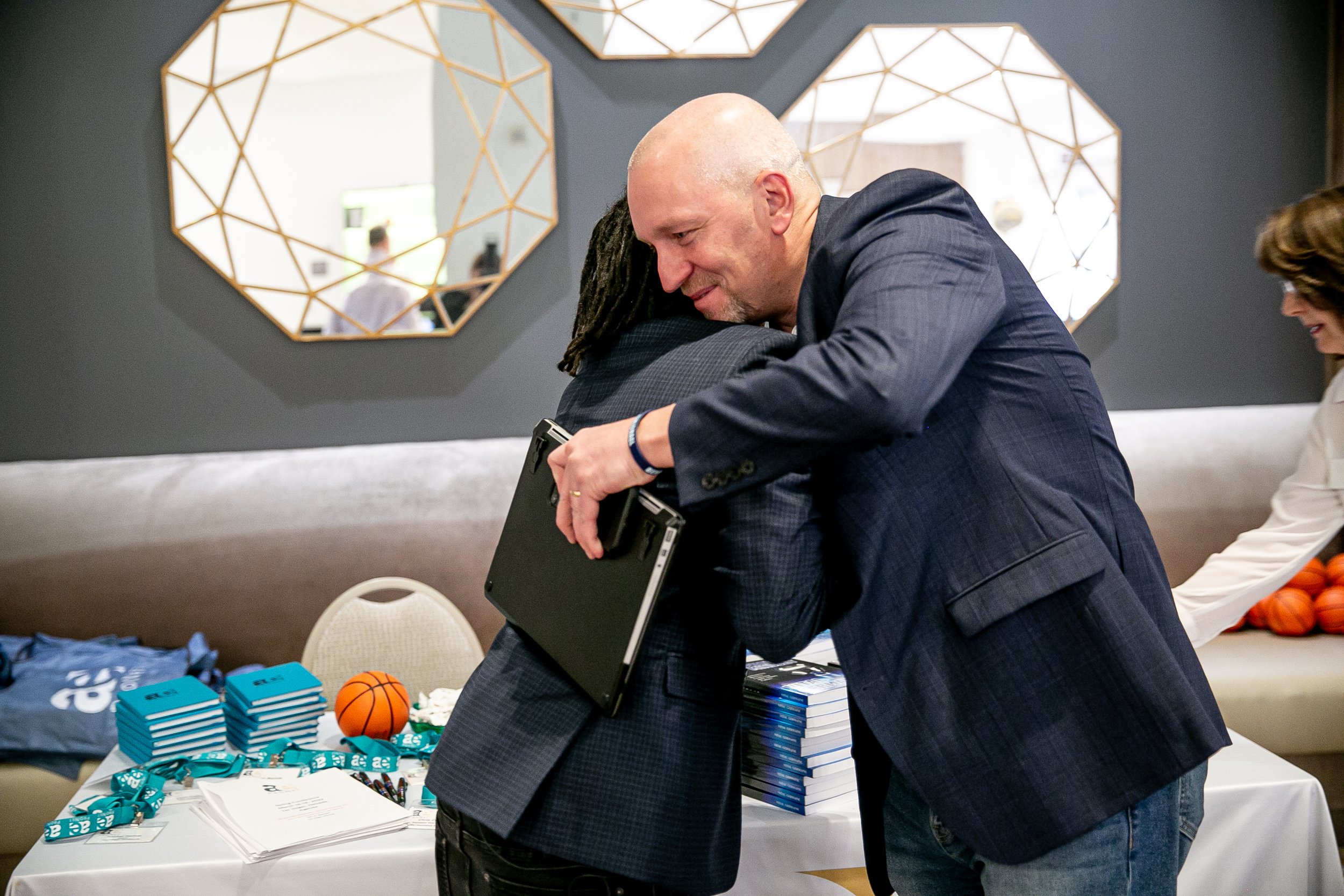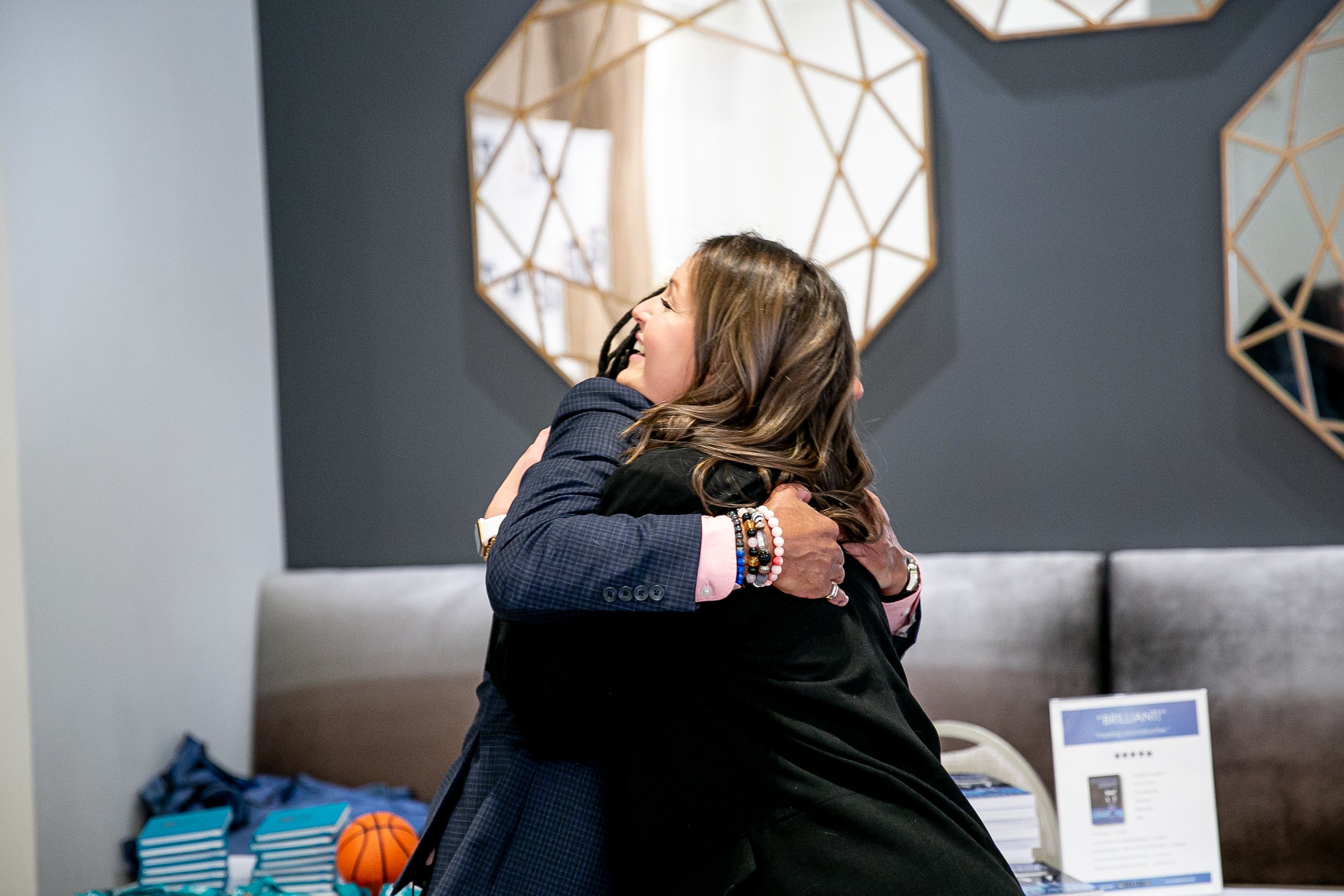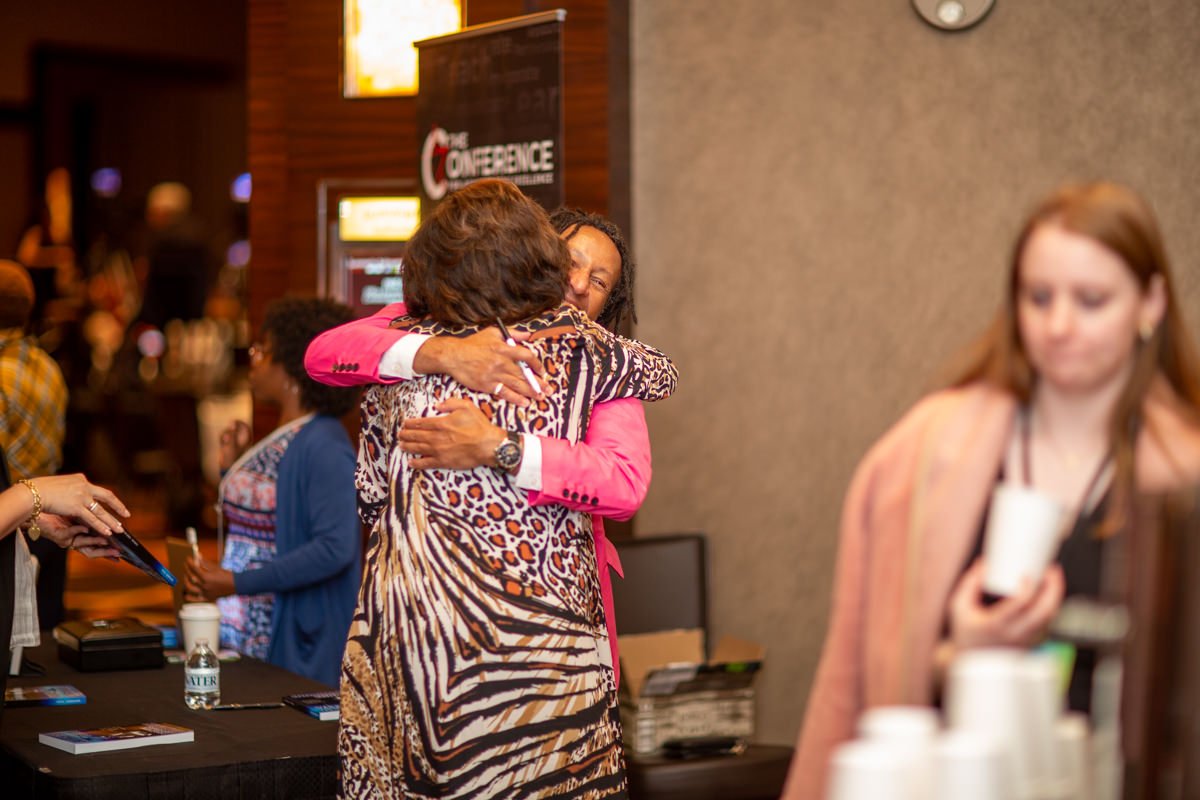What exactly is an empath?
/You will find different origins and interpretations of what an empath is. That depends on which labels and theories you read, follow and believe in.
Empath stems from the word empathy but has a slightly different connotation.
The first records of the word empathy come from the late 1800s from the context of psychology. The word comes from a translation of the German term Einfühlung, which literally means “a feeling in.” It ultimately derives from the Greek empátheia, meaning “affection” or “passion,” from em-, meaning “in,” and path-, the base of a verb meaning “to suffer.” – Dictionary.com
The term empath is relatively recent. Some claim its origins lie in science-fiction literature. Scottish author J.T. McIntosh's first sited the term in his 1956 story titled, “The Empath.” It’s a story about paranormally empathetic beings, called empaths. The government exploits their gifts of understanding others on a deep level. The objective is to control oppressed workers through these gifts of understanding and feeling.
Dictionary.com describes empath as: (chiefly in science fiction) a person with the paranormal ability to apprehend the mental or emotional state of another individual.
Modern discussions debunk the concept of the empath. It is not an ability for the gifted, paranormal or superhuman. They suggest it is nothing more than hyper vigilance.
The hypervigilance theory says that a child growing up in a traumatizing environment, with an abusive or narcissist parent, learns to pay attention to the subtle cues in mood and energy. Think back to Albert Mehrabian’s break down of communication percentages. Well, the hypervigilant are experts in identifying and interpreting the subtle shifts in verbal and non-verbal communication. It can sometimes be the nuance of the most minute change in the way the hairs on their dad’s forearm stand. This could suggest a shift in blood pressure or internal body temperature, which means the onset of a bad mood, followed by a temper.
As a self-proclaimed empath, I subscribe to the theory that it is a combination of hypervigelence developed during childhood due to trauma and the need to survive and an innate gift like intuition and creativity. The levels are relative, like a spectrum. Some are more empathic than others. For example, not all people with athletic abilities are athletes. Not all athletes become pro. Not all pro athletes become the MVP. It’s relative.
TOP 10 TRAITS OF AN EMPATH
Extremely sensitive or acutely aware of external energy, intention and their environment.
We feel, sense and even absorb other people's emotions
Incredibly intuitive… some being psychic.
Most empaths are also introverted.
Require a lot of solitude for introspection and recharging.
Relationships can be overwhelming as we give and give to the point of burnout, even depression.
Attract energy vampires, narcissists, wounded souls and generally toxic people.
Have a need to connect with nature/animals where they feel safe and at peace.
Highly tuned senses.
Empaths have huge hearts but sometimes give too much.
It takes a combination of natural talent, awareness and working to develop and refined natural talent. And yes, I definitely subscribe to the element of paranonomral abilities. Hate me if you must, as one common and recurring experience of the empath is being misunderstood, feared and somewhat alienated from society.
If you relate to this blog, you are probably an empath. Welcome.
To learn more about empathy, read the 2nd edition of my book, PINK IS THE COLOR OF EMPATHY
